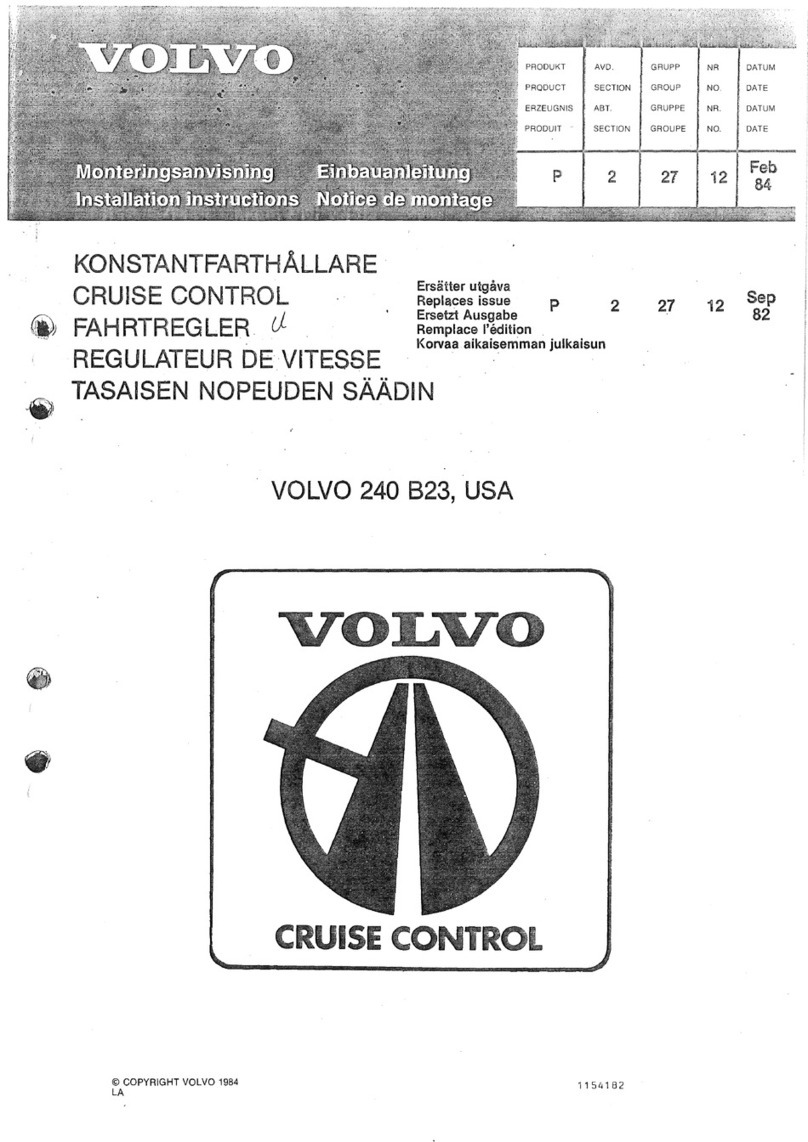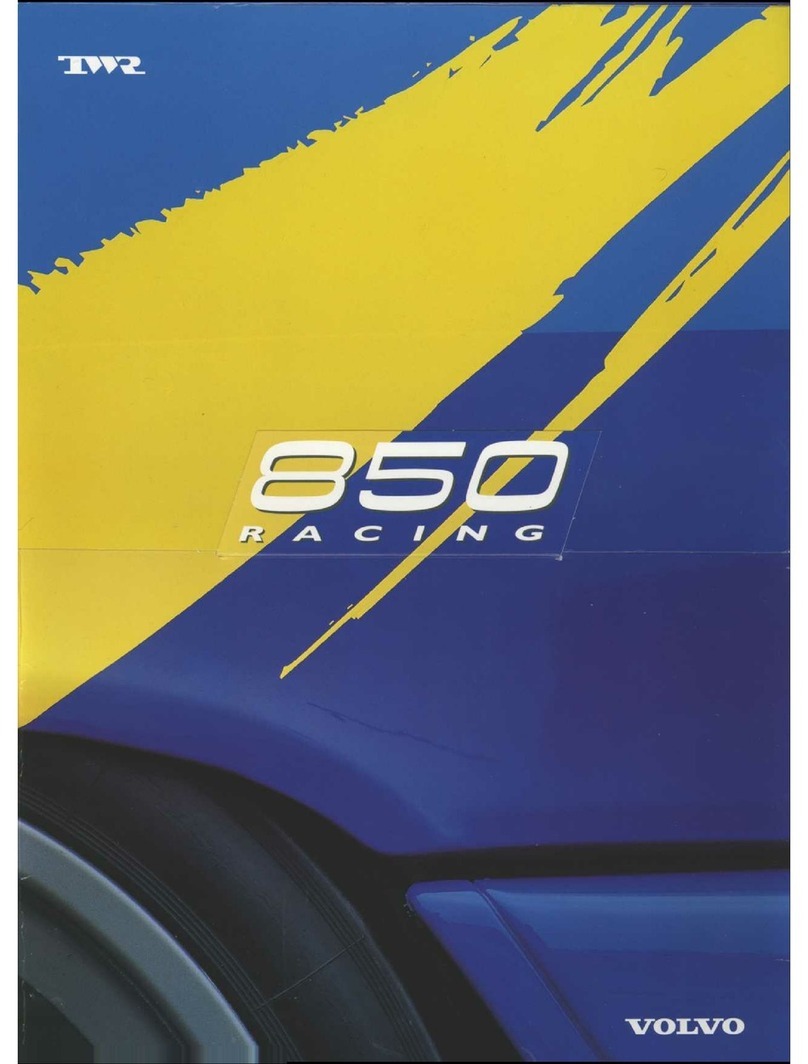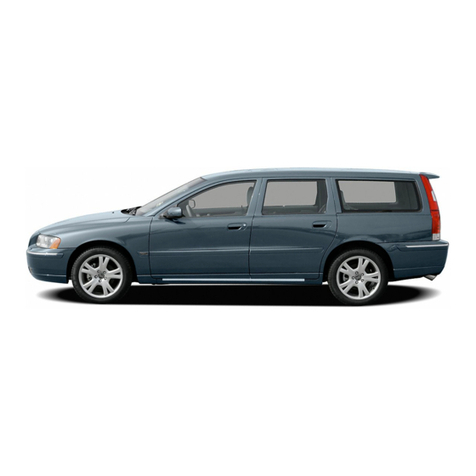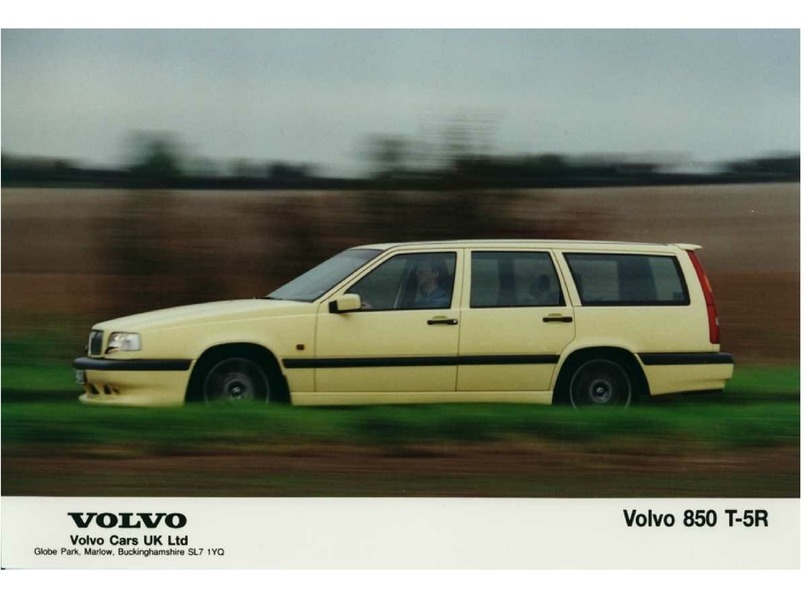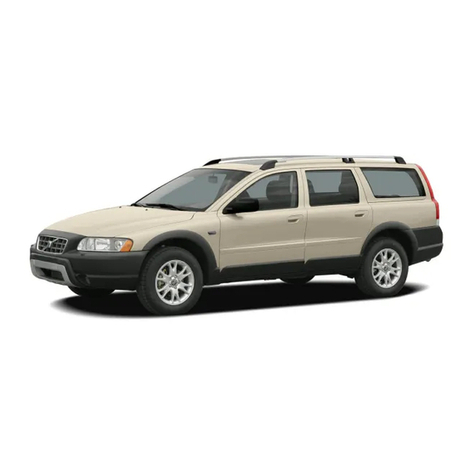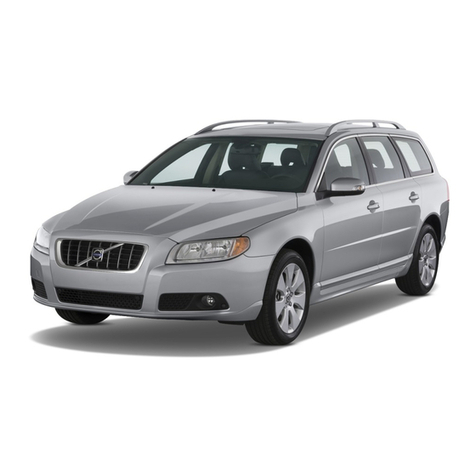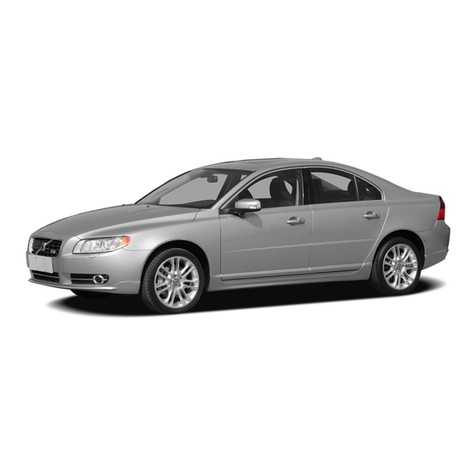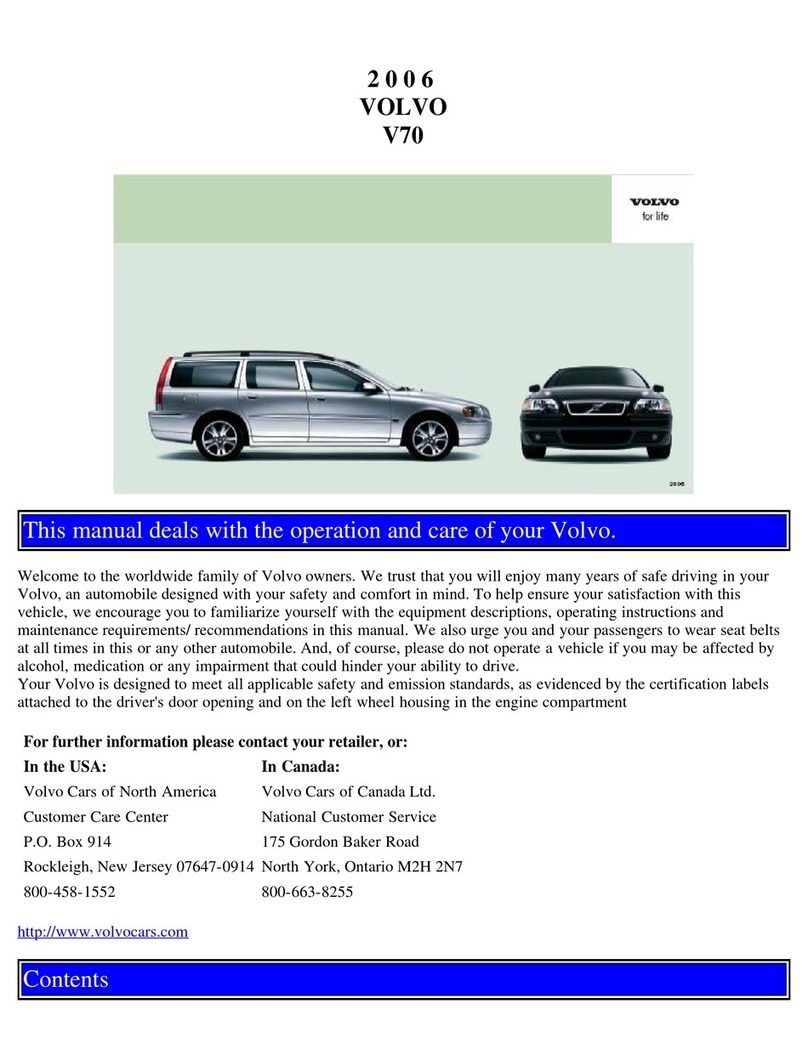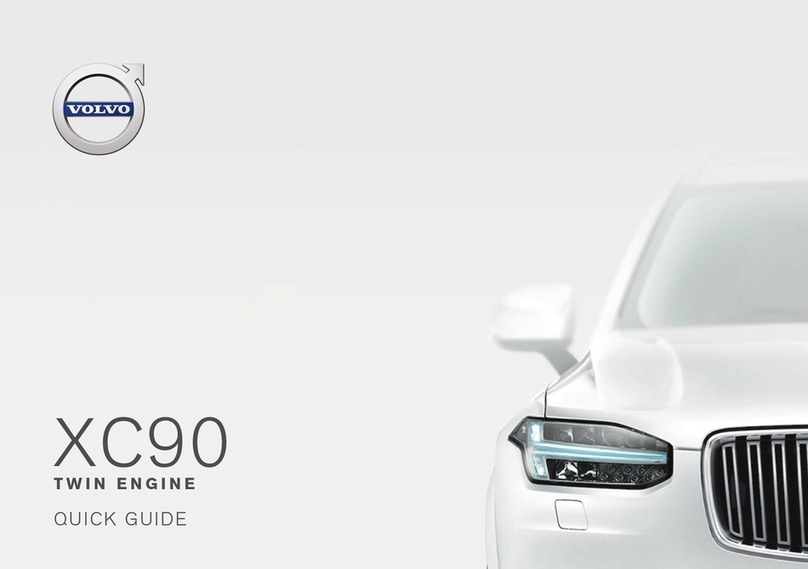
INSTRUMENTS AND
CONTROlS
1.
Windshield
wiper
and washer switch
2.
Choke
controi
(not B30F)
3.
Lighting switch
4.
Instrument panel
5.
Turn
indicator
switch lever,
dimmer
and
headlight
flasher
6.
Horn ring
7.
Ignition switch and steering wheel
lock
8.
Fan switch
9.
Cigarette
lighter
10.
Heater and ventilation
controls
11.
Ashtray
12.
Foldable panel
for
fusebox (fuse
change, see page 55)
13. Place
for
radio
14.
Grab handle
15.
Parking brake
16.
Fresh-air intake vents
17.
Hood release handle
18.
Clutch pedal
19.
Brake pedal
20.
Accelerator
pedal
21.
Switch,
electrically
heated rear
window
22.
Gear lever
23.
Clock
24.
Switch,
emergency
warning flashers
25.
Glove
locker
26.
Fresh-air intake vents
..
The instruments and
controls
are
describ-
ed in more detail in the following pages
with a reference to the numbers in the
picture opposite.
Windshield
wiper
and
washer switch -
The
windshield
wipers
are operated
elec-
trically
and can be adjusted
to
two
-speeds.
Normal speed is attained
by
pulling
the
switch
out
to the
first
position.
This
speed
is recommended
for
normal driving in rainy
weather
or
snow. When the switch is pull-
ed
out
fully, the
wipers
operate
at
full
speed. Full speed is
only
recommended
when driving in heavy rain
or
whep driving
at high speed in the rain.
When the switch is pressed fully in, the
wiper
blades stop in
their
parking
position.
The
windshield
washers are operated by
turning the switch clockwise. The switch
automatically
returns
to
its initial position
on being released. The fluid
container
for
the washers is located in the engine com-
partment and
holds
about
31
/4
US
pints/
23
/4
Imp. pints
(1
1
/2
liters).
OPERATING
INSTRUCTIONS
I
2 Choke controi
The
choke
controi
is used when the en-
gine is started from cold. When the
controi
is pulled
out
about
1/2"
(10-15
mm), the
idling speed is increased. Pulling the
con-
trolout
further
enriches
the
fuel-air
mix-
ture. The
warning
lamp
(4J) on the
in-
strument panel lights when the
choke
is
pulled out. -
3 Lighting switch
The headlights are operated by means
of
a push-pull type
switch
on the dashboard
as weil as a lever
(5)
on the steering
column.
All the lights are extinguished when the
lighting switch is pushed fully in. Pulling
it
out
to the half-way position, switches on
the parking lights, and when it is fully out,
the full
or
dipped
headlights are switched
on, depending on the position
of
the lever
(5).
Since the lighting system is
not
connected
across the
ignition
switch, the lights will
function irrespective
of
whether
the
igni-
tion key is in position
or
not.
Your
car
is fitted with side
marker
lights.
These are located on the sides
of
the mud-
guards and are switched on by
pulling
out
the switch knob
for
the headlamp lighting.
7
